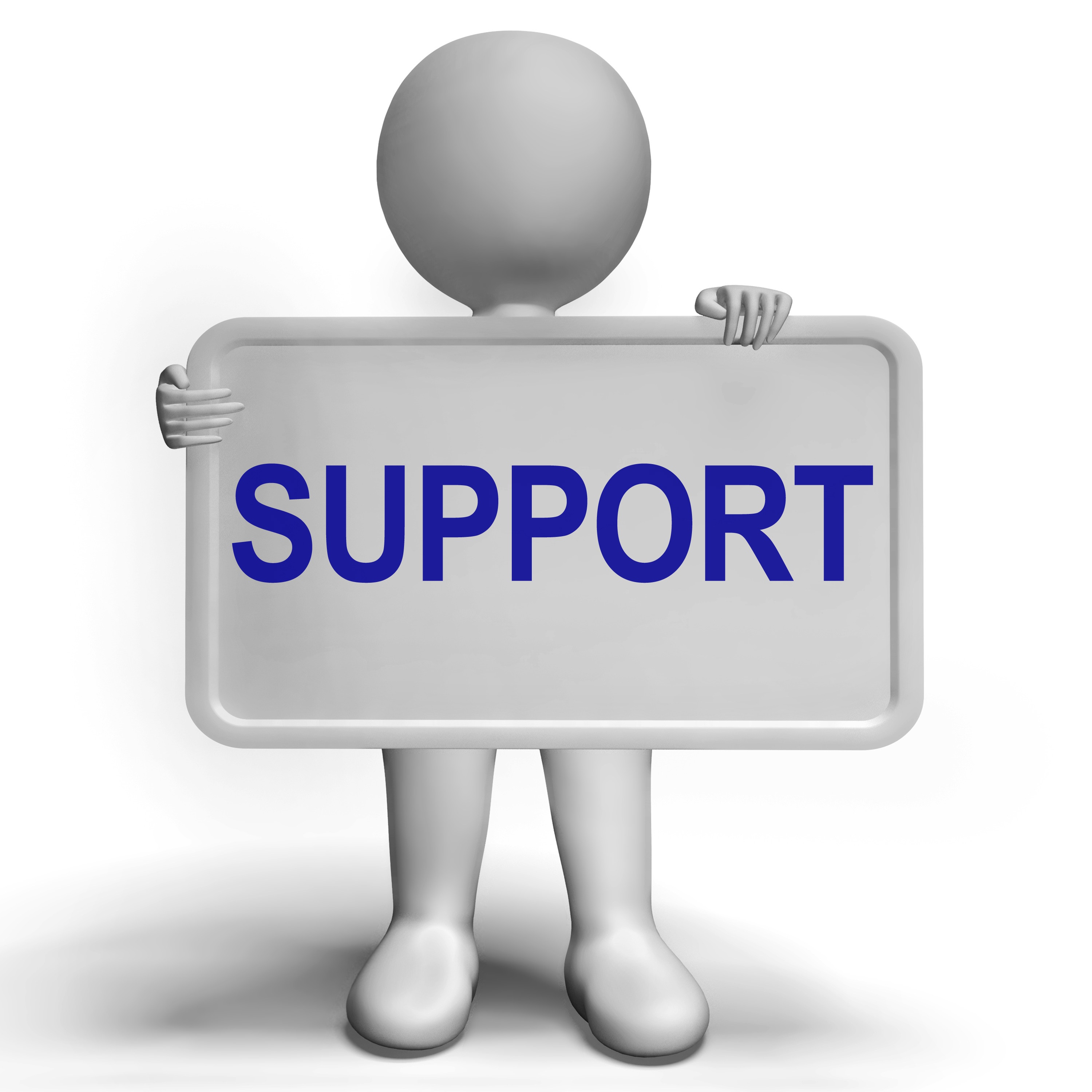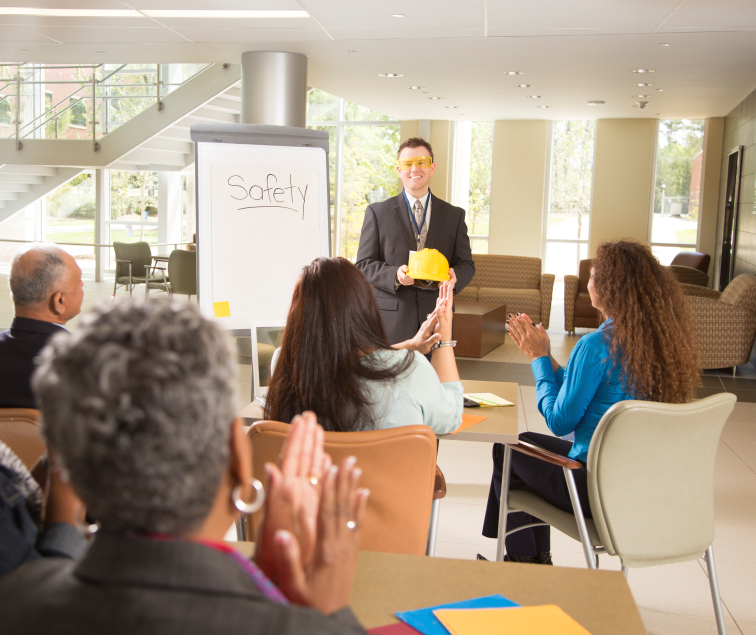
-
Have you heard me say that, “we will buried alive in paperwork as administrators of abuse prevention and protection”? Today, I thought I’d answer some of your most pressing questions about documentation and electronic documentation.
Why should you keep documentation permanently?There are many reasons we should be securely managing our documentation.
- Statute of Limitations – in all provinces and territories in Canada and in many States, there is no statute of limitations on child abuse;
- A means of demonstrating due diligence;
- A means of striving for excellence, integrity and accountability for your leadership and the Board;
- To document history within the organization;
- For insurance purposes;
- To demonstrate your duty of care to your participants, staff and volunteers;
- It protects volunteers, staff and your organization if there is ever a false allegation; and
- It protects the vulnerable sector.
What documentation should we be keeping?
To demonstrate our due diligence and duty of care, we should be keeping:
-
Unfortunately, we have heard too often of individuals who obey the law and make a report, only to be told they shouldn’t have reported, or are reprimanded for reporting. I heard about one staff member that was preparing for a volunteer training event. She had brought her preschooler with her while she was setting up the chairs and tables for the training.
She took her eyes off her daughter for a few minutes and a member came into the building and sexually abused the young child. When the mother found out about it, she reported it to the Police and to leadership. Leadership challenged her for reporting the abuse and said that it should have been handled internally not externally. When she disagreed, they gave her notice that her employment was coming to an end.
Over and over I hear stories of people being shunned, scolded, harassed and even fired for reporting abuse. I find it so alarming that organizations that are committed to the protection of children, turn on the Chair of their protection committee, and reporters when they feel they have a legal duty to report abuse.
Never is our commitment of protection tested as much as when someone feels called to report, and we have a choice to support the reporters. -
Shout out for vibrant and creative trainers!
Is abuse prevention training suppose to be boring? October 6, 2017Training does not need to be boring, training does not need to be just a lecture, training does not need to be just reading a policy - and it shouldn't be! And, yes training is critical in ensuring everyone understands your policies and procedures and to ensure your staff and volunteers are all on the same page. -
Canada: A country committed to abuse prevention and protection!
Happy 150 Years Canada July 10, 2017This year marks a special anniversary for Canada, as we celebrate our 150th birthday as a Nation. In honour of the occasion, we wanted to do a shout out to Canadians for their efforts protecting the vulnerable sector over the last 50 years. -
At Plan to Protect®, we are very concerned about this issue! We’ve decided to provide you with an unprecedented preview of part of our policy on the Reporting and Response section of our manual. Please consider adopting this policy statement for your organization! We only ask that you reference the source if you use it.
-
We all know young people use text, web and various social messaging channels to communicate directly and privately with friends, family, staff members and volunteers in trusted organizations they are a part of.
I have young adult children, and I know they do most of their communication via text and social media. When my children created a profile on Facebook, I joined Facebook. When they signed up for Twitter, I was soon to follow.
One of the reasons I joined was, if it was important to them and they were talking about it, I also wanted to experience it. With my children now living internationally, I am able to stay in touch with them in real time, able to share pictures and get tidbits of news. -
The purpose of this paper is to provide a strong standard of protection to minimize incidences of abuse, injury and harm and to minimize risk to the vulnerable sector, organizations and their staff and volunteers caring for the children.
-
Four years ago the Executive Director of a large community service agency asked me what our recommendations on the issue of transgender and gender dysphoria. This service organization had recently had boys asking to register for their all girl’s programs. At the time, I did not have a well formulated, or well-researched response. I suggested they consult with a lawyer … a safe answer as I didn’t have the answers to give.
-
Are your policies up-to-date? Do they have any gaps?
 At Plan to Protect® we've reviewed hundreds of policies for different types of organizations and over the past few years, we've noticed many policies have similar problem areas. We identified the top 10 gaps found in policies and practices and have outlined them below for you. We encourage you to review your policies and identify if there are areas where there is room for growth and revisions.
Here are the top 10 gaps we've found in policies and practices:
At Plan to Protect® we've reviewed hundreds of policies for different types of organizations and over the past few years, we've noticed many policies have similar problem areas. We identified the top 10 gaps found in policies and practices and have outlined them below for you. We encourage you to review your policies and identify if there are areas where there is room for growth and revisions.
Here are the top 10 gaps we've found in policies and practices: -
Relationships are the priority for the children and youth’s ministry at Central Baptist Church in Edmonton.
But for children and youth to build relationships with God, they need to be able to trust the church leading them.
“I want all of our volunteers to be just as convinced as I am that the church should be the safest place on earth and that the church should be a place that children can know that they are safe and that they are cared for,” said Jud Stade, the church’s emerging generations pastor, meaning he’s responsible for overseeing ministries for children to young adults in their mid-20s.







